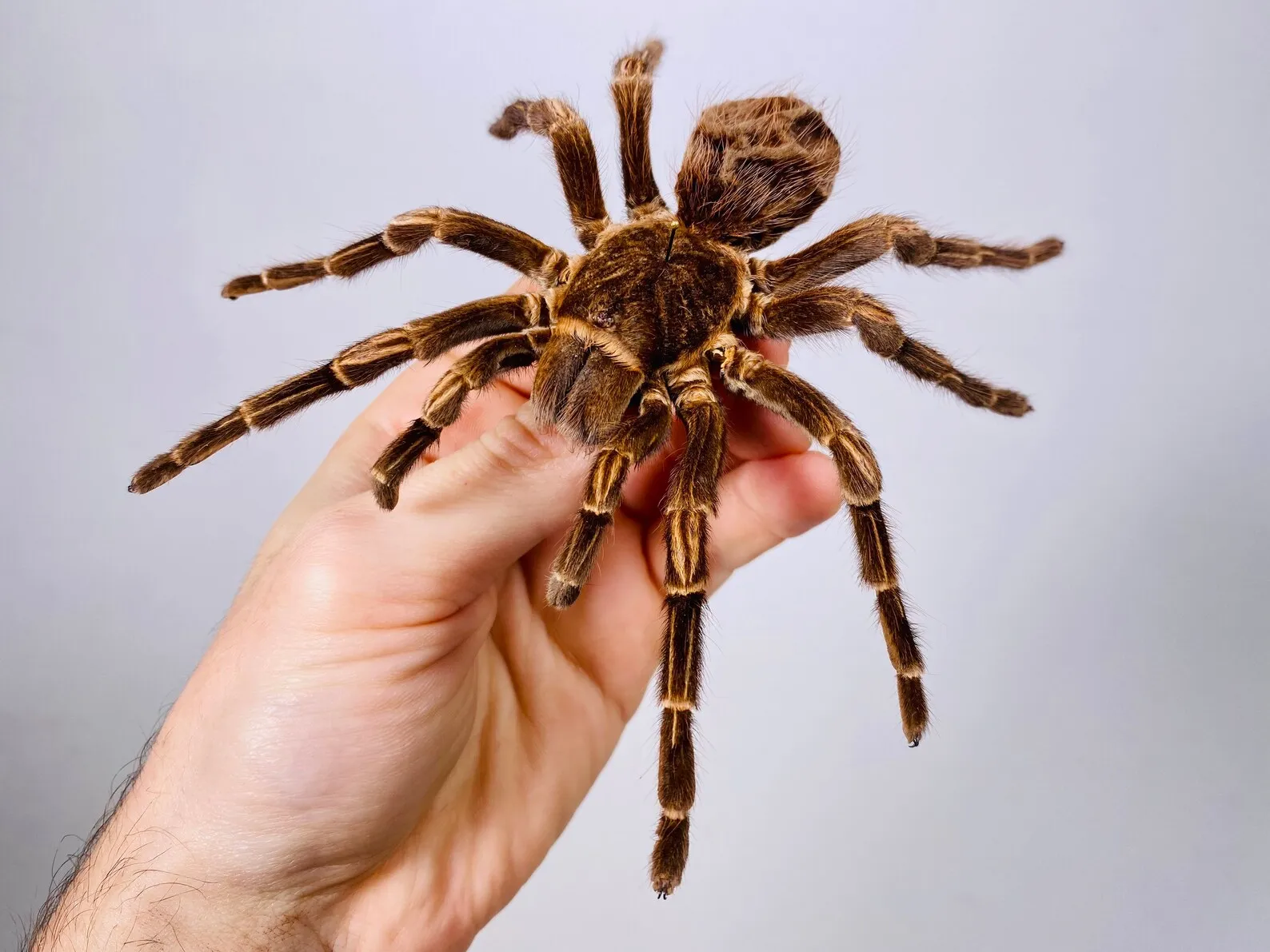Understanding the Mature Female Tarantula
Caring for a mature female tarantula is a rewarding experience, offering a fascinating glimpse into the world of arachnids. These creatures, often misunderstood, are relatively low-maintenance pets that can bring years of enjoyment to the dedicated owner. This guide will provide you with all the essential information, from setting up the perfect habitat to understanding their unique needs, ensuring your mature female tarantula thrives. We’ll delve into the specifics of their care, covering everything from feeding and handling to recognizing signs of illness and the complexities of breeding. By following these guidelines, you’ll be well-equipped to provide a safe and enriching environment for your eight-legged companion.
Lifespan and Characteristics
One of the most appealing aspects of owning a mature female tarantula is her longevity. Unlike males, which typically have shorter lifespans, females can live for many years, often exceeding a decade, and sometimes even longer depending on the species. This extended lifespan provides a unique opportunity for a lasting bond with your pet. Mature females are generally larger than males, and their physical appearance can vary widely depending on the species, with colors ranging from vibrant blues and oranges to more subdued browns and blacks. Understanding the typical size and coloration of your particular species is crucial for recognizing a healthy and thriving tarantula. Their slow growth and periodic molting are fascinating processes to observe, providing a constant source of interest for the attentive owner.
Identifying a Mature Female Tarantula
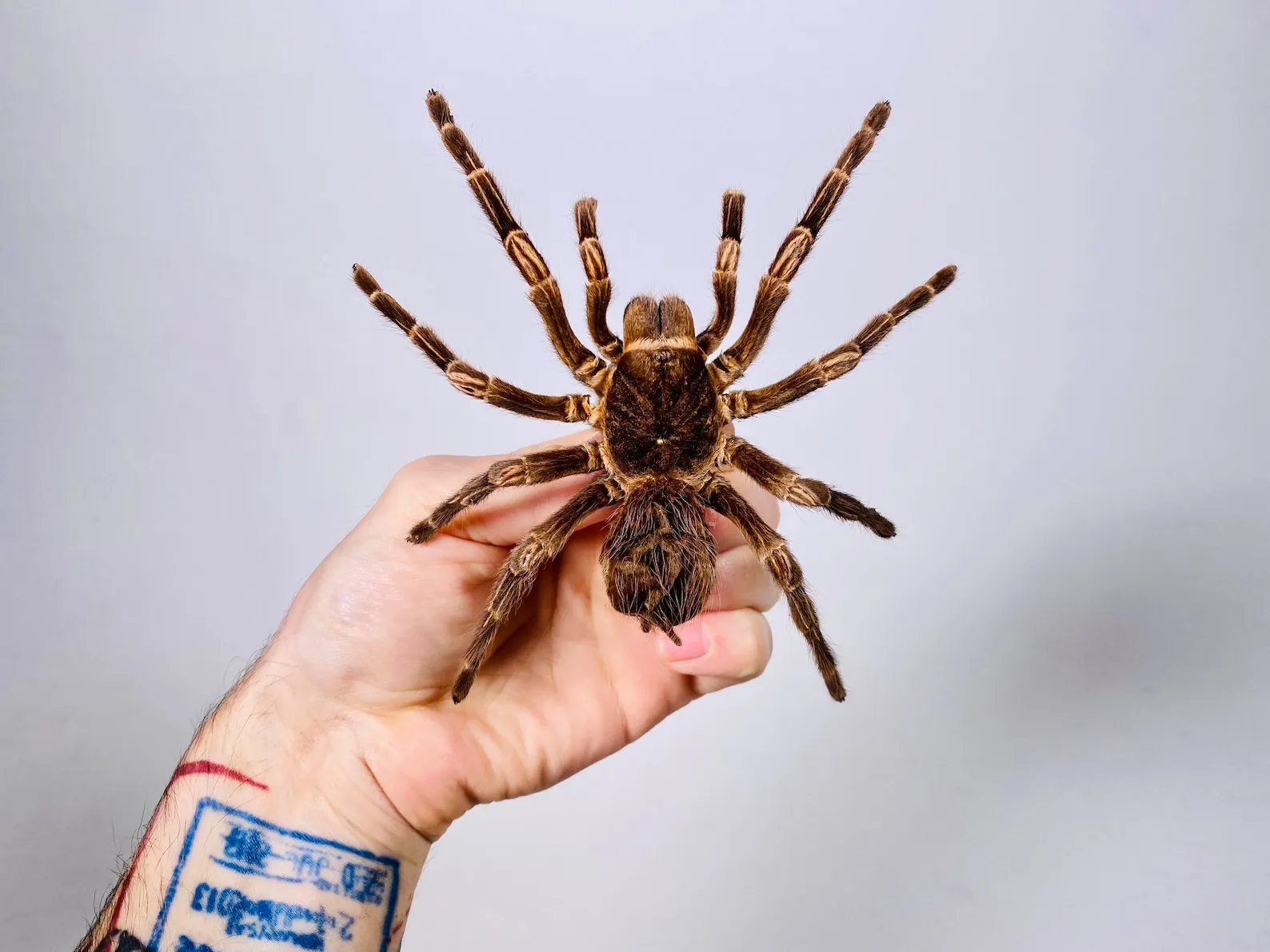
Identifying a mature female tarantula requires careful observation. In general, maturity is reached when the tarantula has undergone its final molt. This is where size and physical characteristics play a key role. Compared to males, mature females often have a more robust build. One of the most reliable methods for sexing a tarantula is to examine the exuviae (the shed exoskeleton) after a molt. Look for the presence of a spermatheca, a structure used for storing sperm, which is present in females but absent in males. The size and appearance of the pedipalps (small appendages near the mouth) also offer clues; males may have modified pedipalps that are used for mating. However, this is only visible in a matured male. If you’re uncertain, it’s best to consult with an experienced tarantula keeper or a specialist.
Habitat and Enclosure Setup
Creating a suitable habitat is fundamental to the well-being of your mature female tarantula. The enclosure should provide ample space for movement, a comfortable temperature and humidity gradient, and a sense of security. The size of the enclosure depends on the species, but as a general rule, it should be at least three times the tarantula’s leg span in width and twice the leg span in height. A well-designed habitat mimics the tarantula’s natural environment, promoting healthy behavior and reducing stress. Careful consideration of all the elements will contribute significantly to the tarantula’s longevity and overall health, ensuring a thriving and engaging pet.
Choosing the Right Enclosure
The choice of enclosure material is a crucial first step. Glass or clear plastic terrariums are excellent choices, providing good visibility and ease of cleaning. Ensure the enclosure has a secure, well-ventilated lid to prevent escape. The ventilation is important for air circulation, and the lid should fit snugly, or have a locking mechanism if the tarantula is particularly large or active. The enclosure should not be too large for the tarantula; it should feel secure. Too much space can stress the tarantula, especially for terrestrial species, as they feel exposed. Consider the adult size of your specific tarantula species when selecting the dimensions of the enclosure. The enclosure should be easy to access for maintenance, feeding, and cleaning.
Substrate and Decor

The substrate is the foundation of your tarantula’s habitat. It provides a surface for the tarantula to walk on, burrow in (if the species is a burrower), and helps maintain humidity. A good substrate should be absorbent, non-toxic, and free of any sharp objects. Popular choices include coconut fiber, peat moss, and vermiculite. The depth of the substrate should be sufficient to allow the tarantula to burrow if it’s a burrowing species. The substrate should be changed periodically to maintain hygiene and prevent the buildup of harmful bacteria. Decorate the enclosure with items that provide hiding places, such as cork bark, artificial plants, or sturdy branches. These provide a sense of security and enrichment for your tarantula, allowing it to exhibit natural behaviors. Avoid anything that can trap the tarantula or topple and injure the spider.
Temperature and Humidity
Maintaining the correct temperature and humidity levels is essential for the health of your mature female tarantula. Most species thrive in temperatures between 75-85°F (24-29°C). Use a thermometer to monitor the temperature within the enclosure. A heating pad placed on the side of the enclosure can provide a gentle heat source, but be careful not to overheat the habitat. Humidity requirements vary depending on the species; tropical species require higher humidity levels than arid species. Use a hygrometer to measure the humidity. Regularly misting the enclosure with dechlorinated water is a common method for maintaining humidity. Provide a shallow water dish with fresh water at all times, ensuring that it’s easily accessible and won’t cause the tarantula to drown. The water dish also helps maintain humidity.
Feeding Your Mature Female Tarantula
Feeding your mature female tarantula is a straightforward but crucial aspect of its care. Providing a balanced diet and proper feeding schedule ensures your tarantula receives the necessary nutrients to thrive. Understanding the feeding habits and preferences of your tarantula, combined with safe practices, contributes significantly to its overall well-being. It’s important to remember that tarantulas have relatively slow metabolisms compared to many other pets, so overfeeding is a common mistake. Regular observation, adjusting the feeding frequency based on your spider’s size and behavior, is the key to optimal nutrition and health.
Diet and Feeding Frequency

The diet of a mature female tarantula primarily consists of insects. Crickets, mealworms, roaches, and other commercially available insects are excellent options. The size of the prey should be appropriate for the size of your tarantula; generally, the prey should be no larger than the tarantula’s abdomen. Feeding frequency depends on the tarantula’s age, species, and metabolism. As a general guideline, juveniles should be fed more frequently than adults. A mature female tarantula can be fed every 1-2 weeks, depending on her appetite and body condition. Observe your tarantula’s abdomen; if it appears plump, she is well-fed. If she refuses food, it could be a sign that she is about to molt. Remove any uneaten prey within 24 hours to prevent stress and the potential for injury to the tarantula. The prey should be gut-loaded (fed nutritious food) before being offered to your tarantula.
Water and Hydration
Providing fresh water is vital for the health of your tarantula. Even though they obtain some moisture from their food, they need access to water for hydration. Always provide a shallow water dish filled with fresh, clean, dechlorinated water. The dish should be shallow enough to prevent the tarantula from drowning. The water should be changed regularly to prevent the growth of bacteria and mold. Some tarantula keepers mist the enclosure to provide additional humidity and allow the tarantula to drink droplets of water. However, avoid over-misting, as this can lead to mold and fungal growth. Always ensure the water is clean and accessible, ensuring your tarantula stays hydrated and healthy.
Handling and Interaction
While tarantulas are not typically pets that enjoy being handled, understanding how to interact with your tarantula safely is essential for both the owner and the spider. Frequent or unnecessary handling can stress the tarantula, potentially leading to defensive behaviors such as biting or flicking urticating hairs (in some species). Learning the proper techniques and recognizing the signs of stress will help you have a safe and positive experience. If you choose to handle your tarantula, do so with extreme caution and understand the risks involved. It’s generally better to observe and appreciate your tarantula from a distance.
Safe Handling Practices
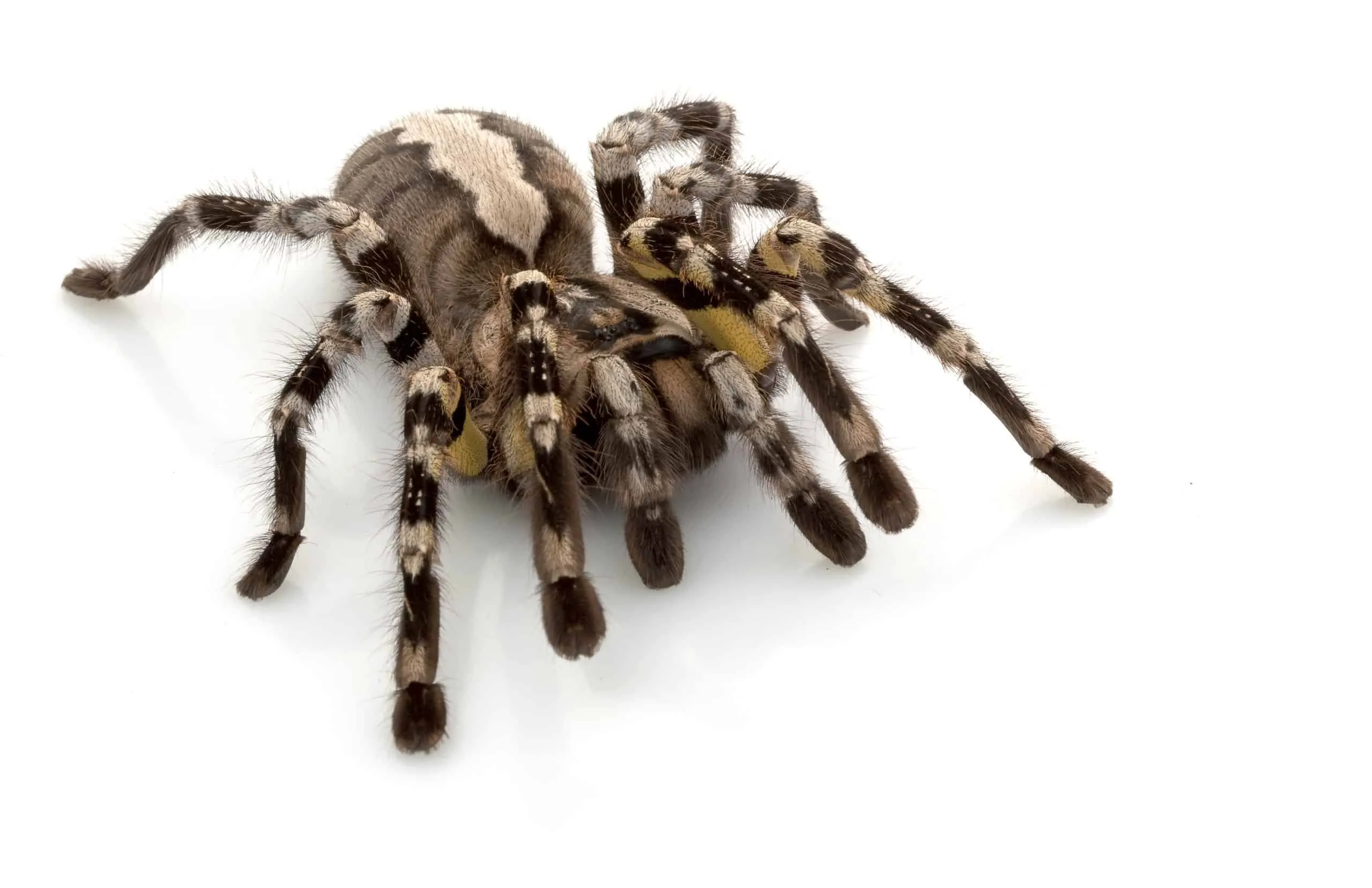
If you choose to handle your tarantula, do so only when necessary. Ensure you are calm and relaxed; tarantulas can sense stress. Approach the tarantula slowly and gently. Use a soft, wide brush or similar tool to encourage the tarantula to move onto your hand rather than grabbing or startling it. Always handle the tarantula over a soft surface, such as a bed or a carpet, in case it falls. Never handle a tarantula if you are feeling tired, stressed, or have just used hand lotion. Avoid handling your tarantula after a molt, as their exoskeletons are soft and vulnerable. Thoroughly wash your hands before and after handling your tarantula, and avoid touching your face or eyes, as tarantulas can have irritating hairs.
Recognizing Signs of Stress
Understanding the signs of stress in a tarantula is crucial for its well-being. A stressed tarantula may exhibit several behaviors. These behaviors include raising its front legs (a defensive posture), flicking urticating hairs (if the species possesses them), or running erratically around the enclosure. A stressed tarantula may also refuse food or become reclusive. If you notice any of these signs, immediately return the tarantula to its enclosure and provide a safe and undisturbed environment. Reduce handling and provide more hiding places within the enclosure. Ensure that the environmental conditions are optimal; check the temperature and humidity to see if any adjustments are needed.
Health and Common Issues
While mature female tarantulas are generally hardy creatures, they can be susceptible to certain health problems. Recognizing these issues early is critical for providing appropriate care. Regular observation of your tarantula is essential for identifying any unusual behaviors or physical changes. Providing a clean and well-maintained environment, a proper diet, and avoiding unnecessary stress are the best ways to prevent health problems. However, knowing the common issues will enable you to respond promptly and effectively, ensuring your tarantula enjoys a long and healthy life.
Molting Process
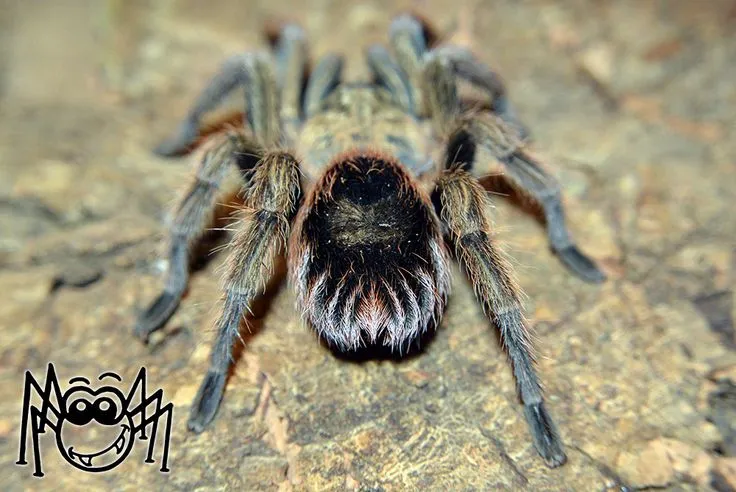
Molting is a natural and essential process for tarantulas, allowing them to grow and replace their exoskeleton. A mature female tarantula will molt less frequently than younger spiders, typically once a year or even less. Before molting, the tarantula may stop eating and become reclusive. You may notice the abdomen darkening and the spider appearing sluggish. During the molt, the tarantula will typically lie on its back. Do not disturb the tarantula during this vulnerable time. Provide a humid environment to help the molting process. After the molt, the tarantula’s exoskeleton will be soft, and it may take a few days for it to harden. Do not feed the tarantula until its fangs have hardened. The molt is a fantastic opportunity to inspect the exoskeleton for any parasites or diseases. It’s also a chance to remove any uneaten prey.
Parasites and Diseases
Tarantulas can be affected by parasites and diseases. The most common parasites are mites, which can infest the tarantula’s exoskeleton and cause irritation. Mites are often visible as tiny, moving specks. If you suspect mites, isolate the affected tarantula and consult with a veterinarian or experienced tarantula keeper for treatment options. Fungal infections can also occur, especially in humid environments. Symptoms may include discoloration or lesions on the tarantula’s body. Maintaining a clean and dry environment is essential for preventing fungal infections. Always provide fresh, clean water. Other diseases are less common but can still affect tarantulas. If your tarantula appears unwell, it’s important to seek professional advice from a vet.
Breeding a Mature Female Tarantula
Breeding a mature female tarantula is a complex and rewarding endeavor. It requires careful planning, specialized knowledge, and dedication. Successful breeding depends on creating the right conditions and understanding the specific needs of the species. If you are considering breeding, research the specific species thoroughly, as the process varies significantly. It’s also important to understand the ethical considerations, including the responsibility of finding homes for the spiderlings. Breeding should only be attempted by experienced keepers, as there are risks associated with this process. However, the chance to witness the life cycle of a tarantula is truly a unique and special experience for any arachnid enthusiast.
Preparing for Mating
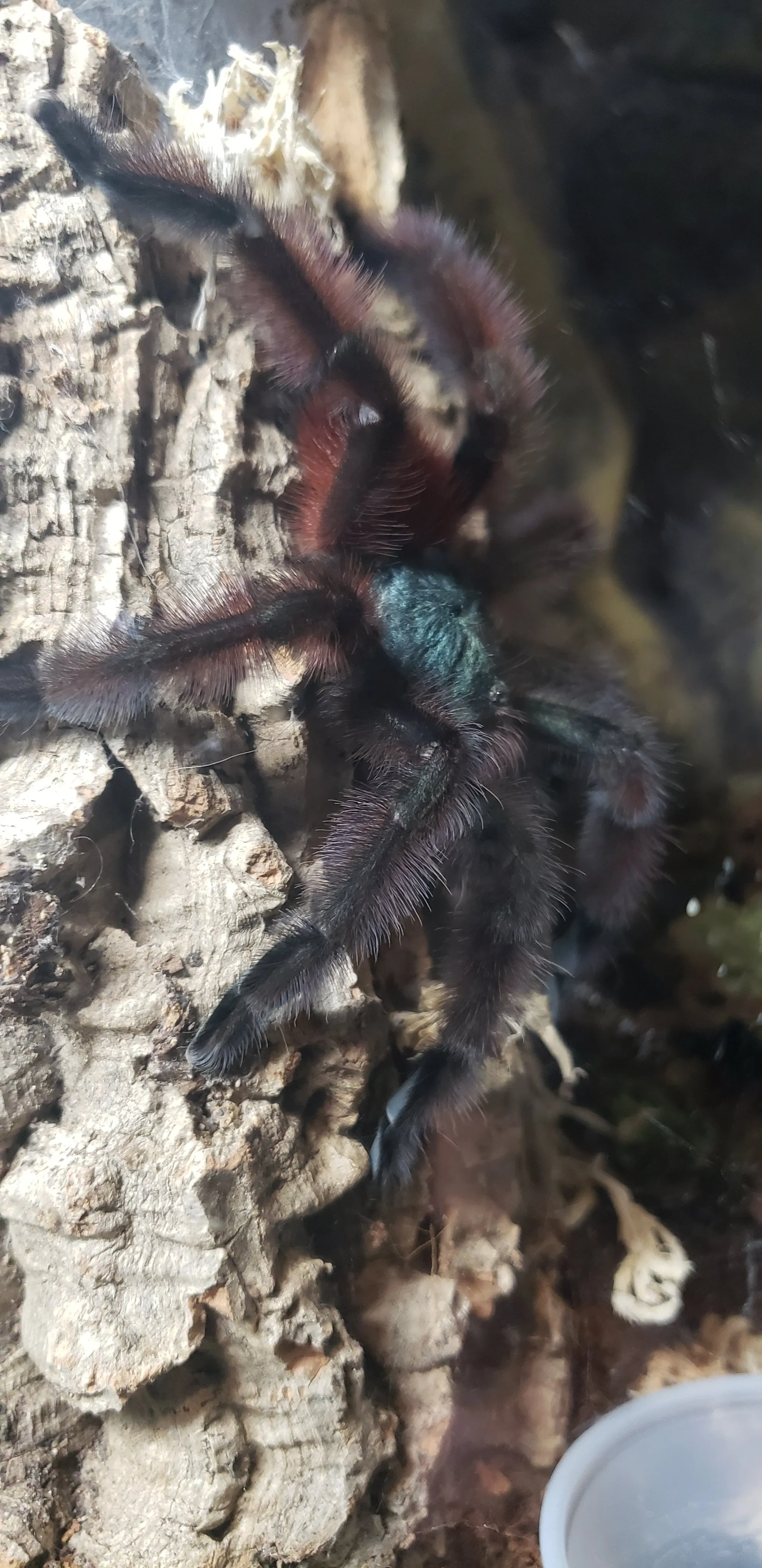
Before attempting to breed your tarantula, you must ensure that both the male and female are in optimal health and condition. The male must be mature. Introduce the male tarantula to the female’s enclosure carefully, under close supervision. The female may be receptive or aggressive, depending on the species and her mood. Provide a controlled environment for the meeting. Be prepared to separate the tarantulas immediately if the female shows aggression. The mating process can be brief, and the male will often quickly retreat after mating. The male may be eaten by the female after mating, so always monitor the interaction carefully, and be ready to remove the male promptly. After mating, remove the male from the female’s enclosure.
Post-Mating Care
After mating, the female tarantula will typically begin to produce an eggsac, which will contain the spiderlings. Provide her with plenty of food and maintain optimal environmental conditions. It is very important that she is well-fed and has plenty of water to ensure the health and growth of the spiderlings. The eggsac can take several weeks or months to hatch, depending on the species. Once the eggsac is ready to hatch, the spiderlings will emerge. At this point, the keeper has a decision to make, either separate the eggsac to artificially incubate the spiderlings or allow the female tarantula to care for her young. Remove the eggsac from the enclosure to incubate the eggs yourself. Spiderlings are small and require special care and feeding. The keeper must research the care of spiderlings for their specific species. Be prepared to provide food and housing for a large number of tiny tarantulas.
Conclusion
Caring for a mature female tarantula can be a truly fulfilling experience. With proper knowledge, dedication, and understanding of their specific needs, you can create a thriving and engaging environment for your eight-legged companion. From setting up the ideal habitat to understanding their unique behaviors, handling them safely, and recognizing potential health issues, this comprehensive guide has equipped you with the essential information to ensure your tarantula lives a long, healthy, and fascinating life. Remember, patience, observation, and a commitment to learning are key to becoming a successful tarantula keeper. Enjoy the journey, and the unique pleasure of observing these magnificent creatures.
